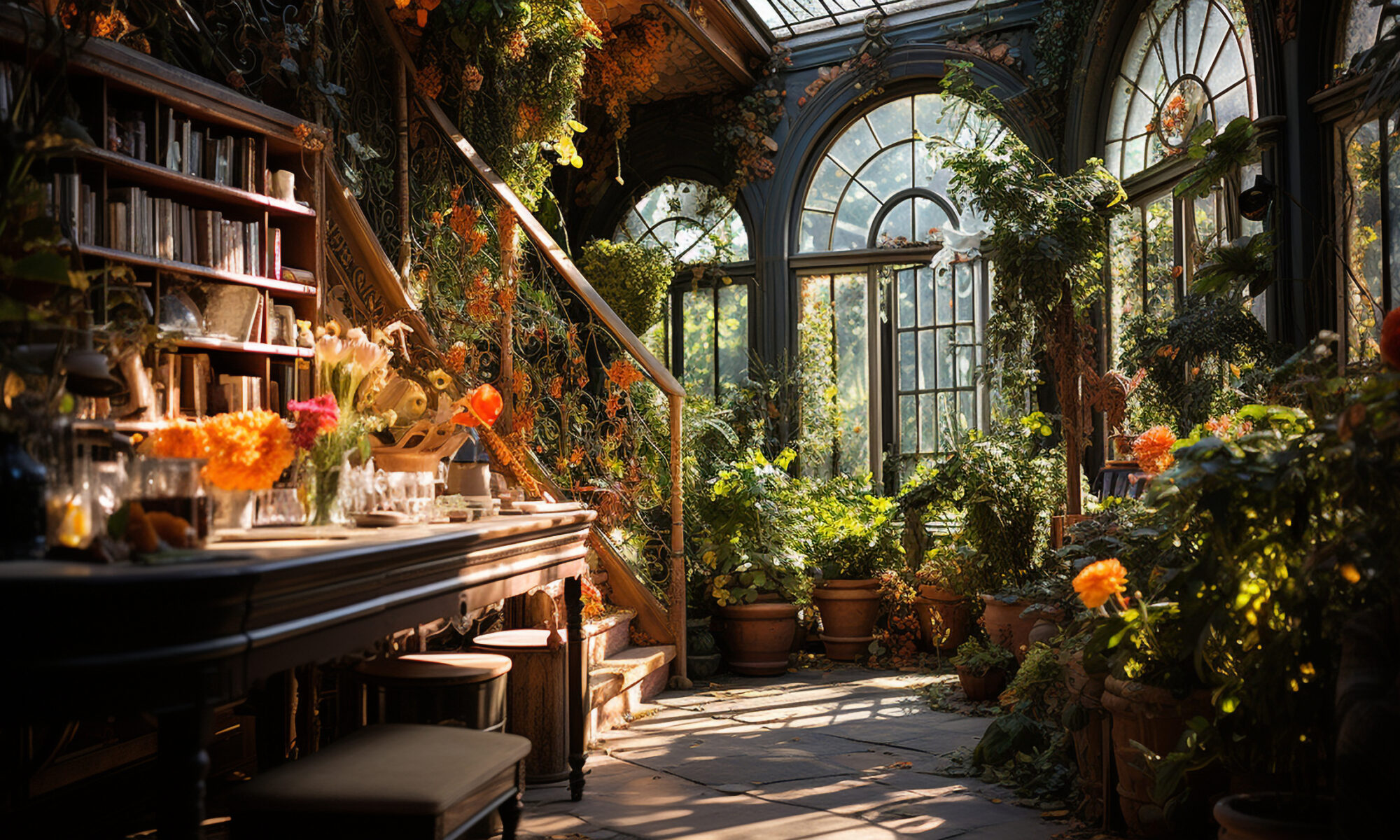Unintended To-Dos Done
Best Plants for Goldfish Tanks
Plants for goldfish tanks…that they won’t destroy.
Low Light
- Java Fern
- Java Moss
- Anubias
- Marimo Moss Balls
These are not buried in substrate. Can tether to decorations.
Med – High Light
- African Onion Plant (Crinum Calamistratum)
- Water Sprite (Water Spritea Fern)
- Elodea (Anacharis)
Ensuring a Clean Start: How to Quarantine New Aquarium Plants
Are you excited about adding new aquatic plants to your established tank?
Before diving in, it’s crucial to consider potential threats like pests, diseases, and unwanted chemicals that could accompany those vibrant green additions.
In this post, learn about the importance of quarantining new aquarium plants and provide practical methods to ensure a safe transition into your aquatic haven.
Why Quarantine Plants?
Whether sourced from a local store or received through online orders, aquarium plants may harbor pests, parasites, algae, diseases, or pesticides.

From harmless snails to harmful planaria and hydra, introducing these unwelcome guests can disrupt the balance of your tank, leading to potential fatalities among your fish and shrimp. Algae, diseases, and lingering pesticides are also silent threats that may take away the focus from your thriving tank.
How to Quarantine Aquarium Plants
Similar to quarantining fish, it’s essential to keep new plants in a separate, fish-free tank for 3-4 weeks before introducing them to the main aquarium. Performing routine water changes during this period is advisable. For those looking to expedite the process to one week, daily water changes and the use of a water conditioner like SL-Aqua Black More Stabilizer can be effective.
Recommended Methods of Sterilizing Aquatic Plants
Before placing plants in the quarantine tank, a thorough sterilization process is recommended. Here are three effective methods:
- Bleach Dip:
- Mix 1 part unscented bleach with 20 parts water.
- Submerge plants for 90-150 seconds based on plant hardiness.
- Rinse thoroughly and soak in dechlorinated water for 5-10 minutes.
- Hydrogen Peroxide Dip:
- Mix 3% hydrogen peroxide with water (light or strong mix).
- Submerge plants for 20 minutes.
- Rinse and soak in dechlorinated water for 5-10 minutes.
- Alum Soak:
- Mix 1 tablespoon of alum per gallon of water.
- Soak plants for 3 days.
- Rinse and soak in dechlorinated water for 5-10 minutes.
Conclusion
Quarantining new aquarium plants is a crucial step in maintaining the health and balance of your tank. By following these sterilization methods, you can enjoy a clean start and ensure the safety of your fish, shrimp, and the overall ecosystem. Whether you’re a seasoned aquarist or a beginner, prioritize the well-being of your aquatic inhabitants for a thriving and beautiful planted tank.
